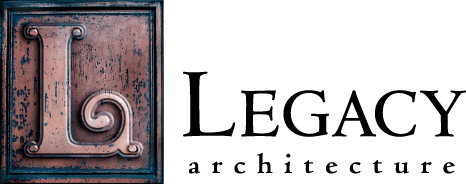City Moves to Save Historic Buildings from Demolition
Litke, Eric. The Sheboygan Press. February 6, 2008, page A9.
The Common Council took a step toward preserving Sheboygan's historic buildings this week in approving an ordinance to require city involvement in decisions to tear down any of the 360 properties designated in a citywide survey.
The measure, which was unanimously approved Monday, places a 90-day hold on applications to raze the properties, allowing time for the city's Historic Preservation Commission to meet and seek solutions for preservation.
Ald. Bob Ryan, who proposed the ordinance, said the city isn't looking to stand in the way of future development, but wants to preserve key elements of its history.
"It should have been done a long time ago," said Ryan, a member of the commission. "The way things (previously worked), you could pull a demolition permit one day and knock the building down the next."
The ordinance does not allow the city to block the demolition, just delay it in order to pursue alternatives, Ryan said.
Steve Sokolowski, city manager of planning and zoning, said applications to raze the historical buildings will be considered on a case-by-case basis.
"Is it something that could potentially affect redevelopment? It could, and at that point in time we'll have to take a look at it closely," he said. "Just because it's tagged (as historical) doesn't necessarily mean that the home can't be removed."
The historic properties were identified in a survey of more than 1,600 properties conducted between 2002 and 2006. The firm said the 360 properties are those that may be eligible for inclusion on the National Register of Historic Places.
Copies of the surveyed locations are available at Mead Public Library and the Sheboygan County Historical Research Center in Sheboygan Falls.
In May, eight of those locations were selected as the city's first historic landmarks: City Hall, Sheboygan Fire Station No. 1, Heritage School, Fountain Park, Sheridan Park, the Little Red School House, The Sheboygan Press and a private residence at 710 Michigan Ave. All were built between 1836 and 1924.

-High.jpg)